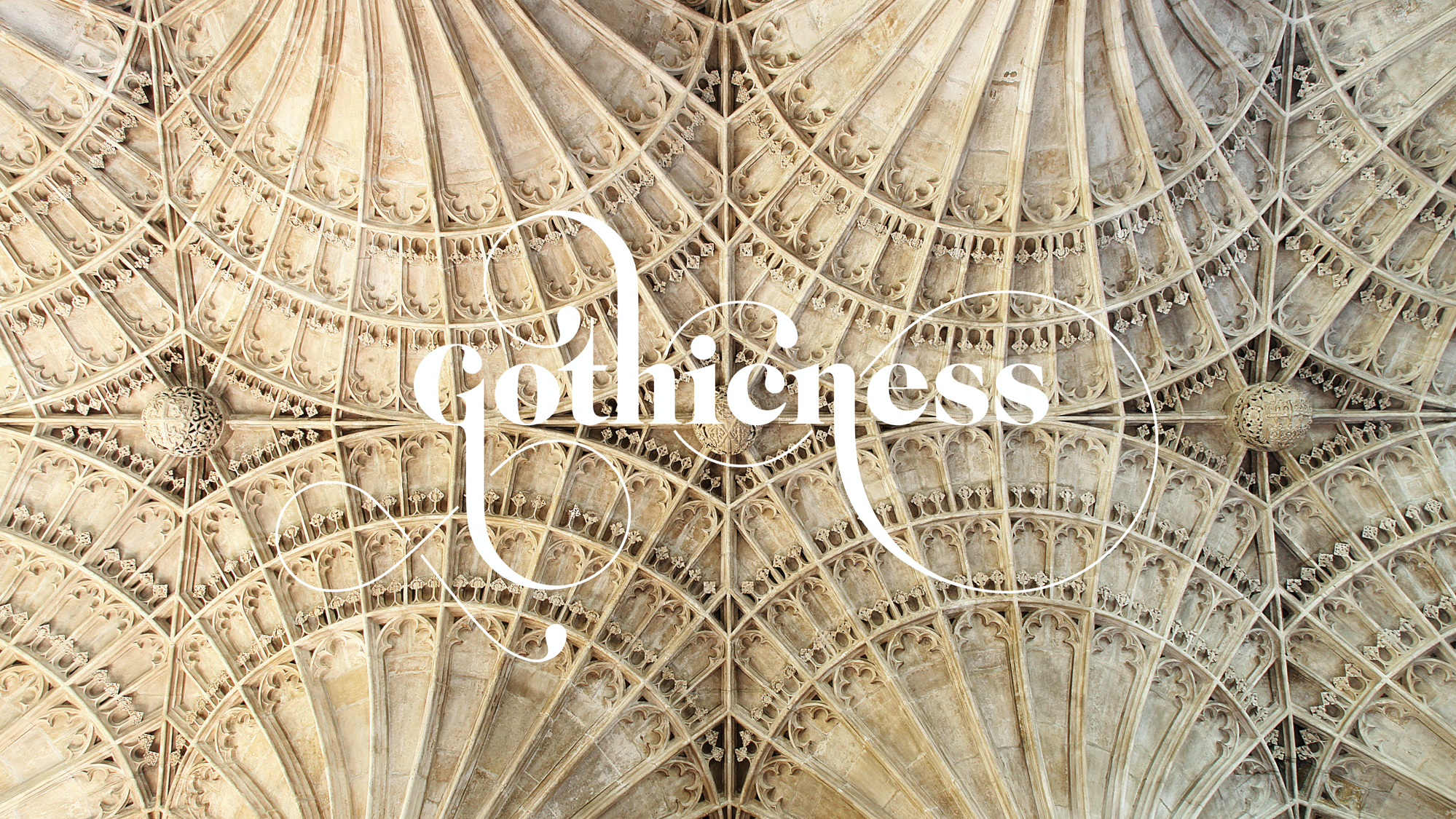Back to all modules
Gothicness

In his treatise ‘The Nature of Gothic’, the 19th-century English writer and theoretician John Ruskin outlined Gothic architecture as a movement embedded in a social agenda. Gothic, dedicated to the love of change and workmanship, became a protagonist against classicism, which orders the direct reproduction of idealized form, or, as Ruskin posits, “makes plagiarists of its architects and slaves of its workmen.” In Ruskin’s scheme, Gothic and Classicism are not passé styles, but have resonated “to a greater or lesser degree” with the many architectural cultures of the past and present. This course revisits the impulse to study Gothicness: the history of the Gothic as a social as well as a visual paradigm. Discussing architecture from an updated understanding of structure, statics, and form, we locate the foundations of Gothicness not only in late medieval Christian Europe, but across Romanesque, Byzantine, and Islamic structures of the central Middle Ages.
Like Ruskin, we focus on the architectonic element of the rib, which emerged simultaneously as a structural system and as a conspicuous visual device. Whereas Ruskin’s six characteristics of Gothicness are predominantly stylisti...
Loading Accordion Items...


